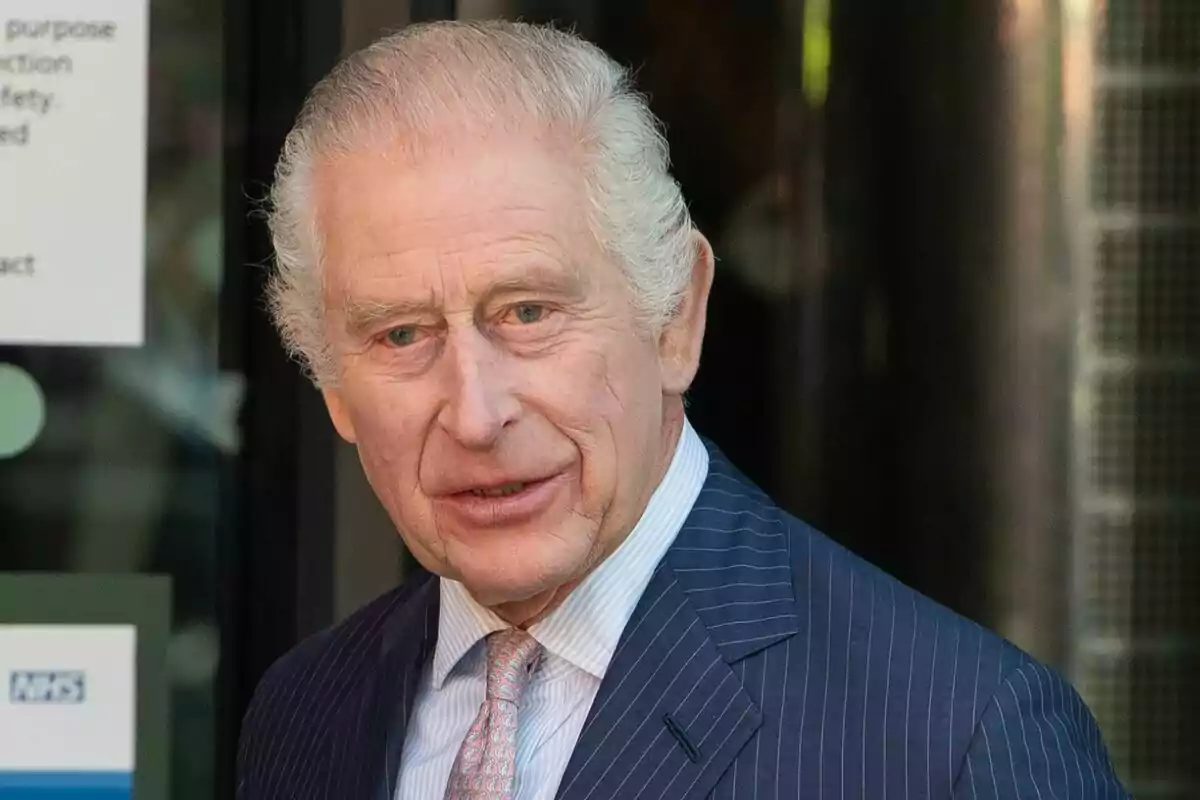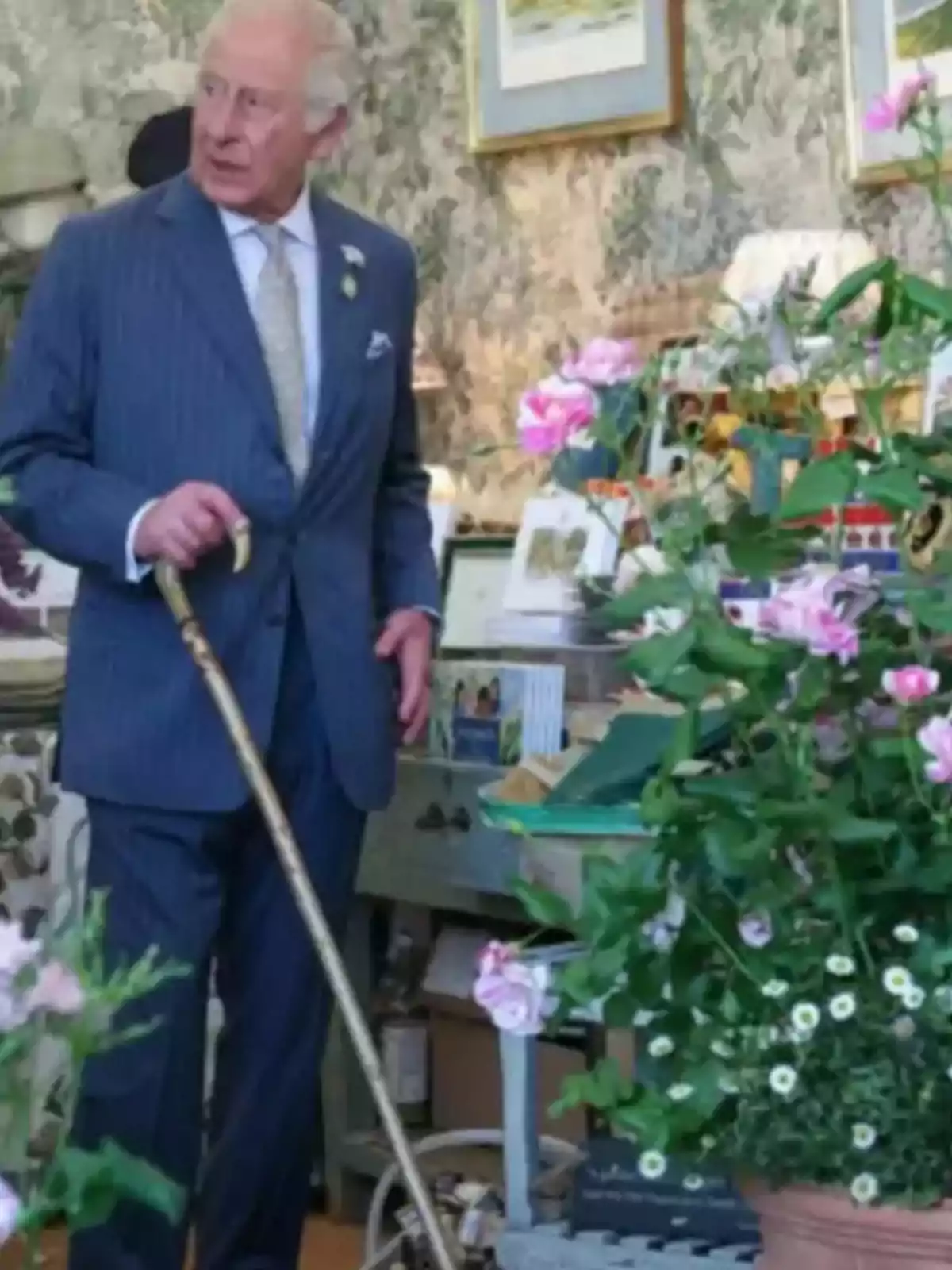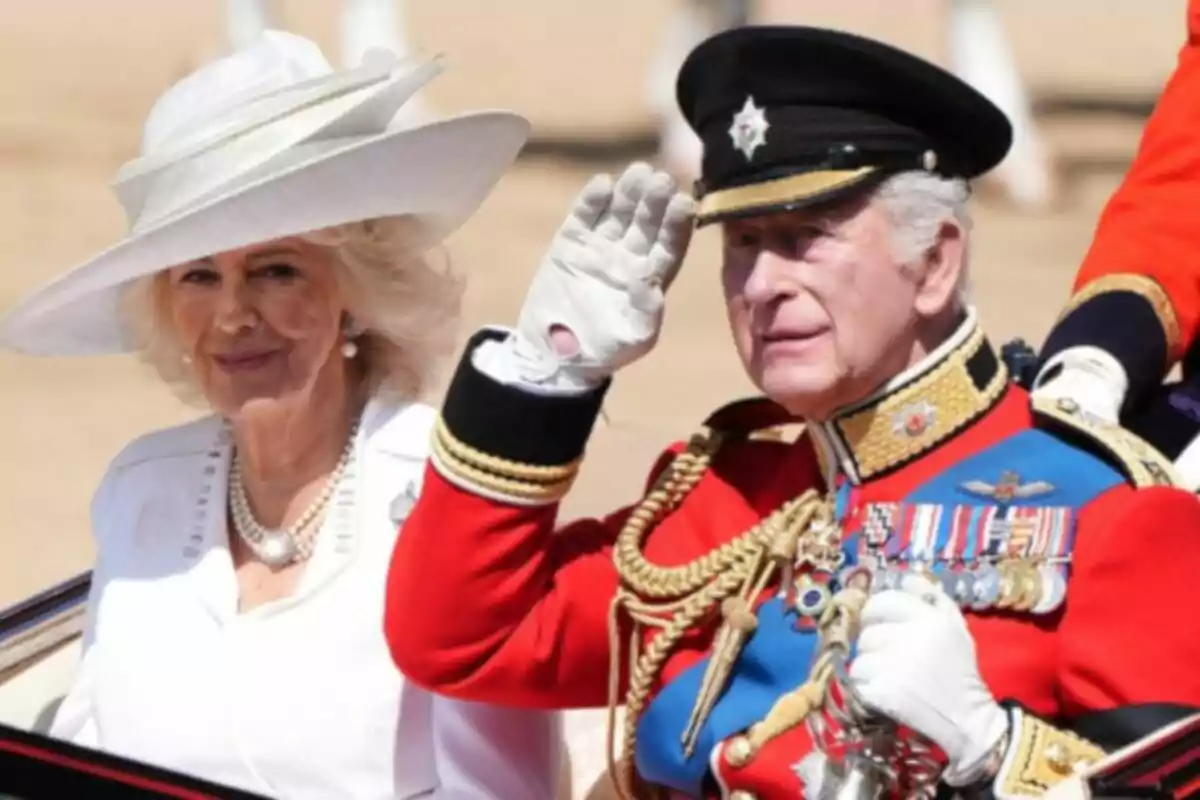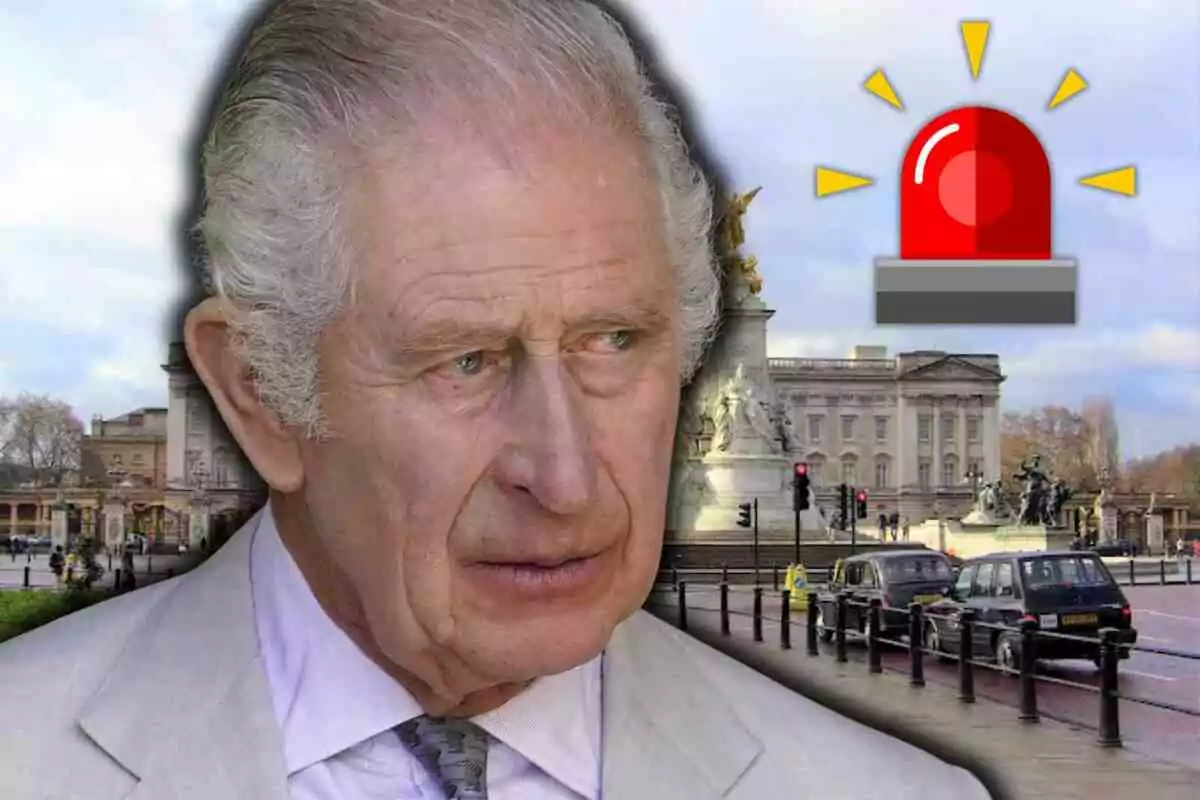Just over two years have been enough for the British Royal Family to confirm King Charles III's lie and his true face. The British monarchy has always been characterized by its solemnity and demanding protocol. Charles, upon being crowned, promised certain changes, the truth of which has now been revealed.
As a result, the image of the sovereign and of the Royal Family in general has changed significantly. This has been confirmed from within the palace itself, revealing the atmosphere that can be felt in its corridors.

The royal family reveals the true face of King Charles III
The public image of King Charles III has been carefully built over the years within the Royal Family. He has been presented as an approachable king, committed to the environment and deeply concerned for his subjects. However, beyond the smiles and kind gestures, stories have emerged that question this idealized image.
In the British Royal Family, King Charles III's great lie has just been released: he has a very bad temper. After Queen Elizabeth II's death, expectations were high; a reign marked by modernization and greater closeness to the public was desired. Charles himself conveyed this, describing himself as a modern, approachable king who is kind to his employees.

Now this has been confirmed as the king's great deception, as he is the opposite of the humble and fair man who was desired of him. An example of this is the complaints from some employees at Highgrove, his private residence. There is talk of demanding and inconsiderate treatment toward the staff.
So much so that, as Vanity Fair reports, a large majority of his employees have decided to leave. The gardeners, for example, are the ones who have had the most negative experiences with King Charles III. "Get that man out of my sight," Charles once exclaimed after seeing that one of his employees did not know the name of a flower.
Testimonies describe Charles as an impatient boss, meticulous to the point of suffocation, and bad-tempered. They also say that he is prone to angry outbursts when he detects even the smallest botanical or protocol errors. In short, this is a far cry from the image the king conveyed after being crowned.
King Charles III unleashes chaos in the royal family
The situation among the employees has reached such an extreme that mental health support was recommended. It is ironic that Highgrove is marketed as a sanctuary of well-being and environmental harmony while its workers speak of psychological exhaustion. All of this is due to Charles III's constant demands and frequent outbursts.
The impatient character is not limited to internal testimonies from the Royal Family. It has also been seen in televised events during the most solemn days of his accession to the throne. For example, during the Accession Council, he gestured irritably for a pen case to be removed because it was in his way as he signed historic documents.

A few days later, at Hillsborough Castle, a leaking pen provoked exasperated exclamations: "I can't stand this bloody thing," cameras recorded. The scene went viral and reinforced the impression of a short temper in the face of minor setbacks.
Tom Bower, one of the unauthorized biographers of the British Royal Family, has portrayed him as vain, cold, and disconnected from his compassionate speech. To this must be added his quirks inside the palace, which create constant chaos in the Royal Family. Far from being the humble king he claimed he would be, we are faced with a Charles who requires cushions for the toilet and constant wardrobe changes.

